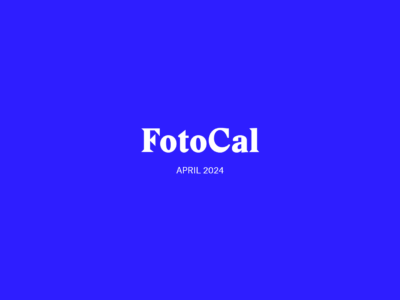In the Vicinity — Ed Panar Roams Around California’s Heartland of Cannabis Cultivation
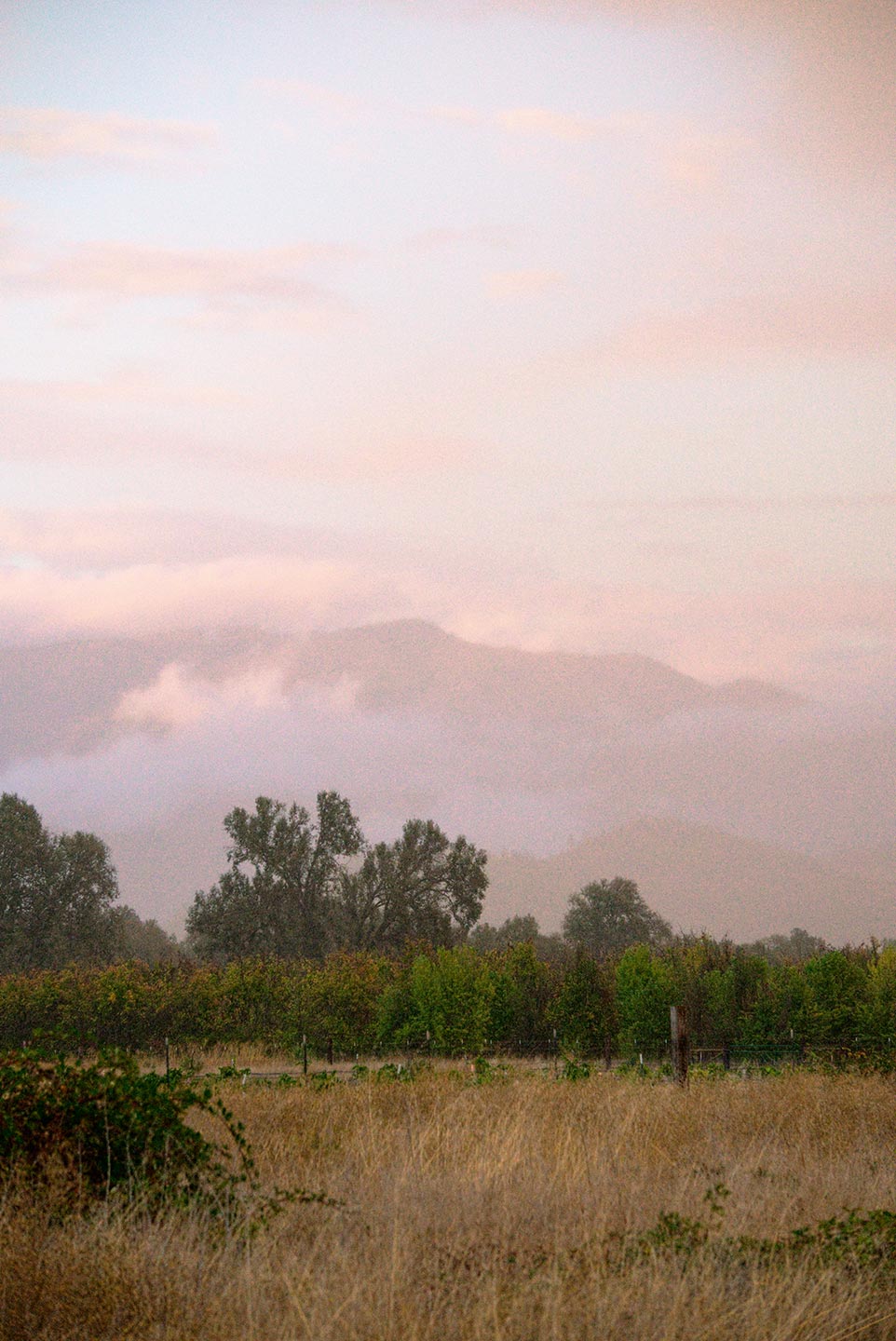
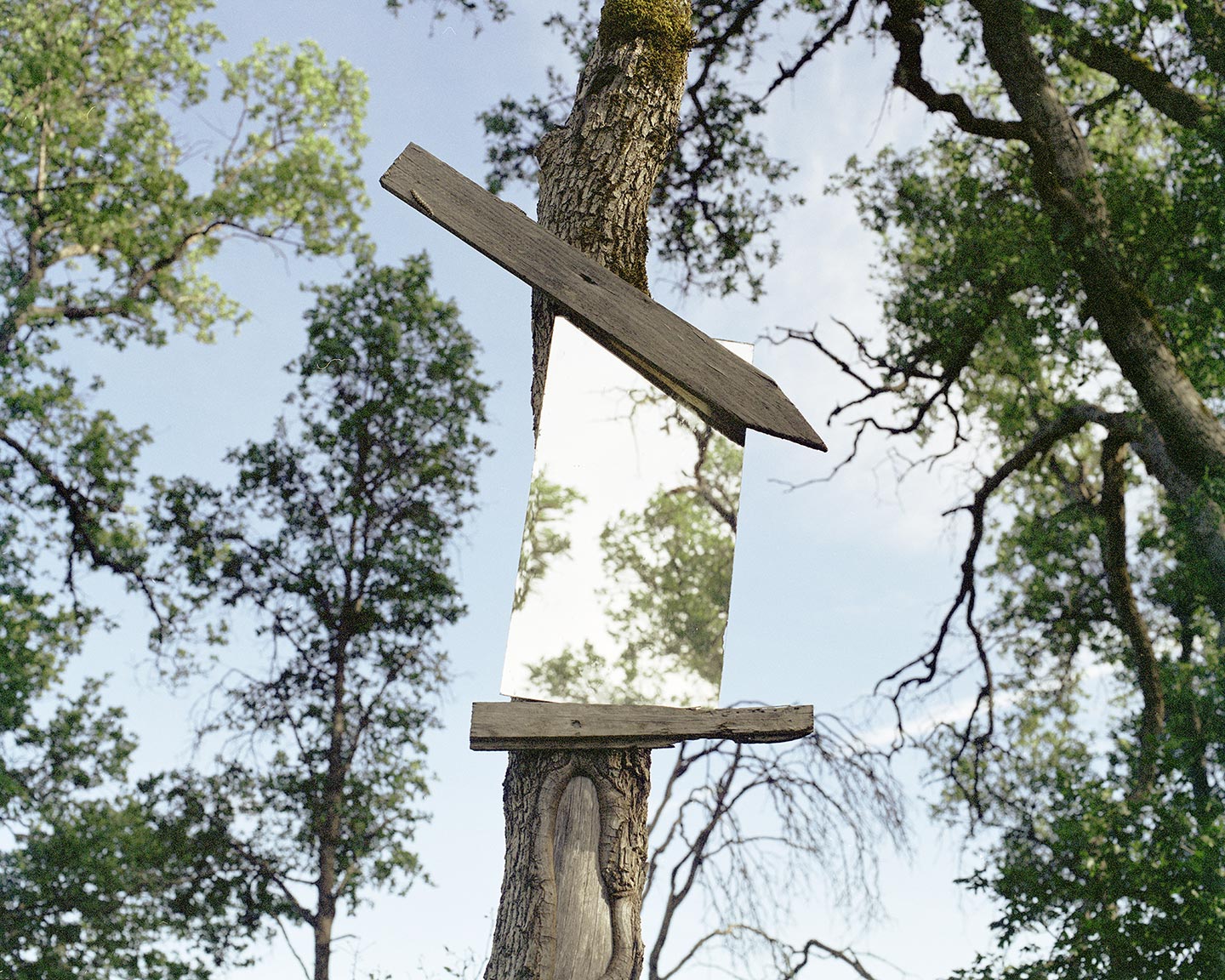
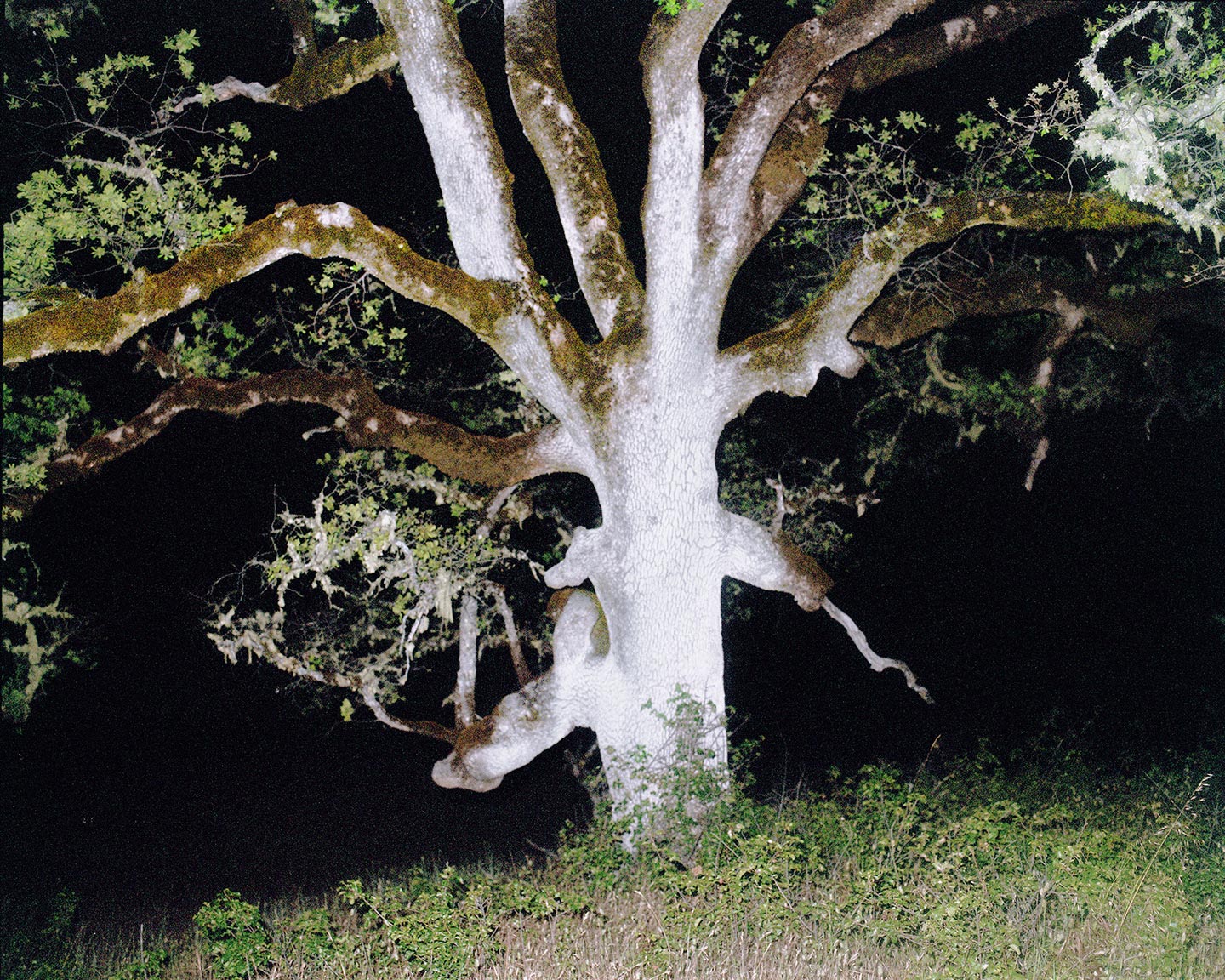
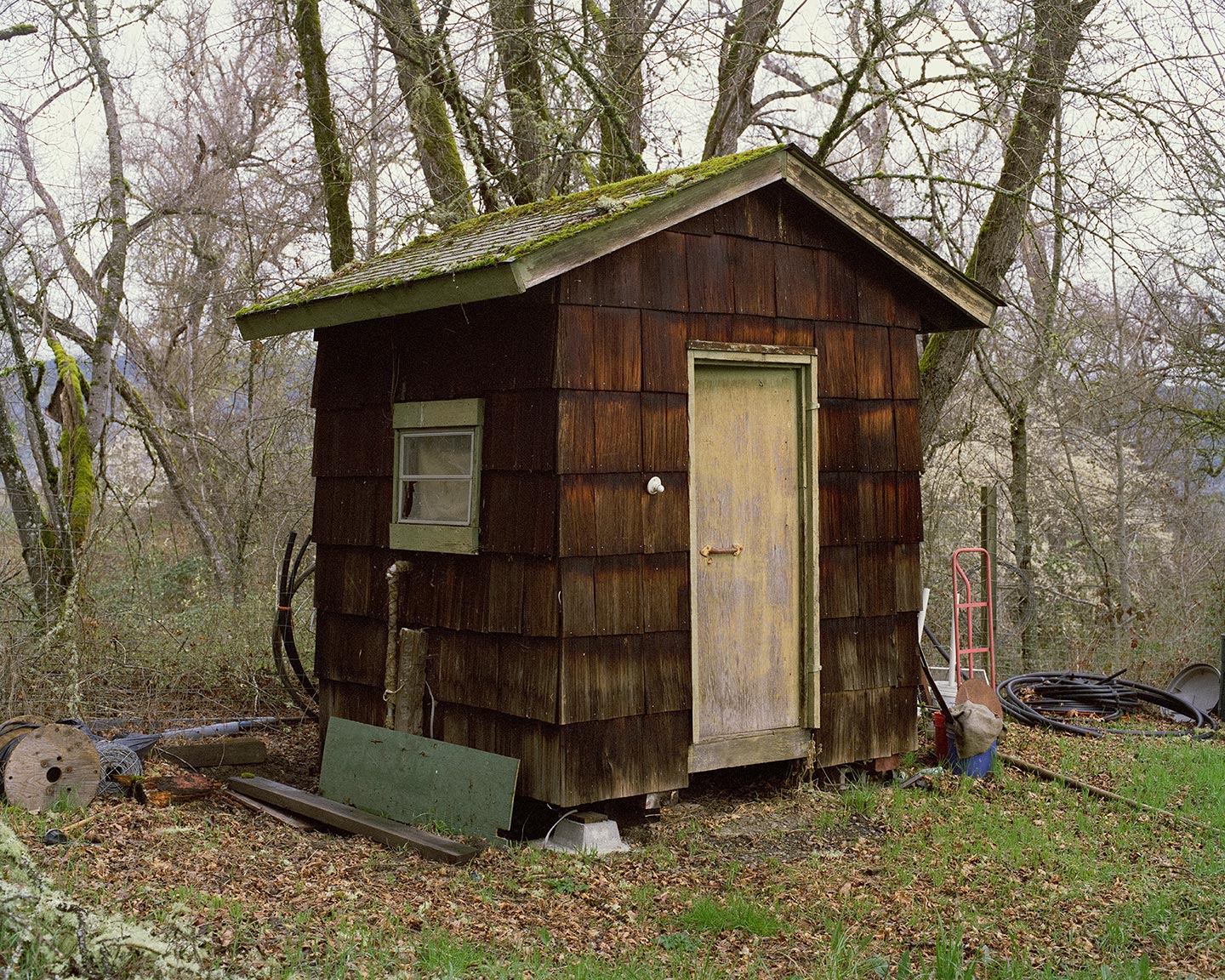

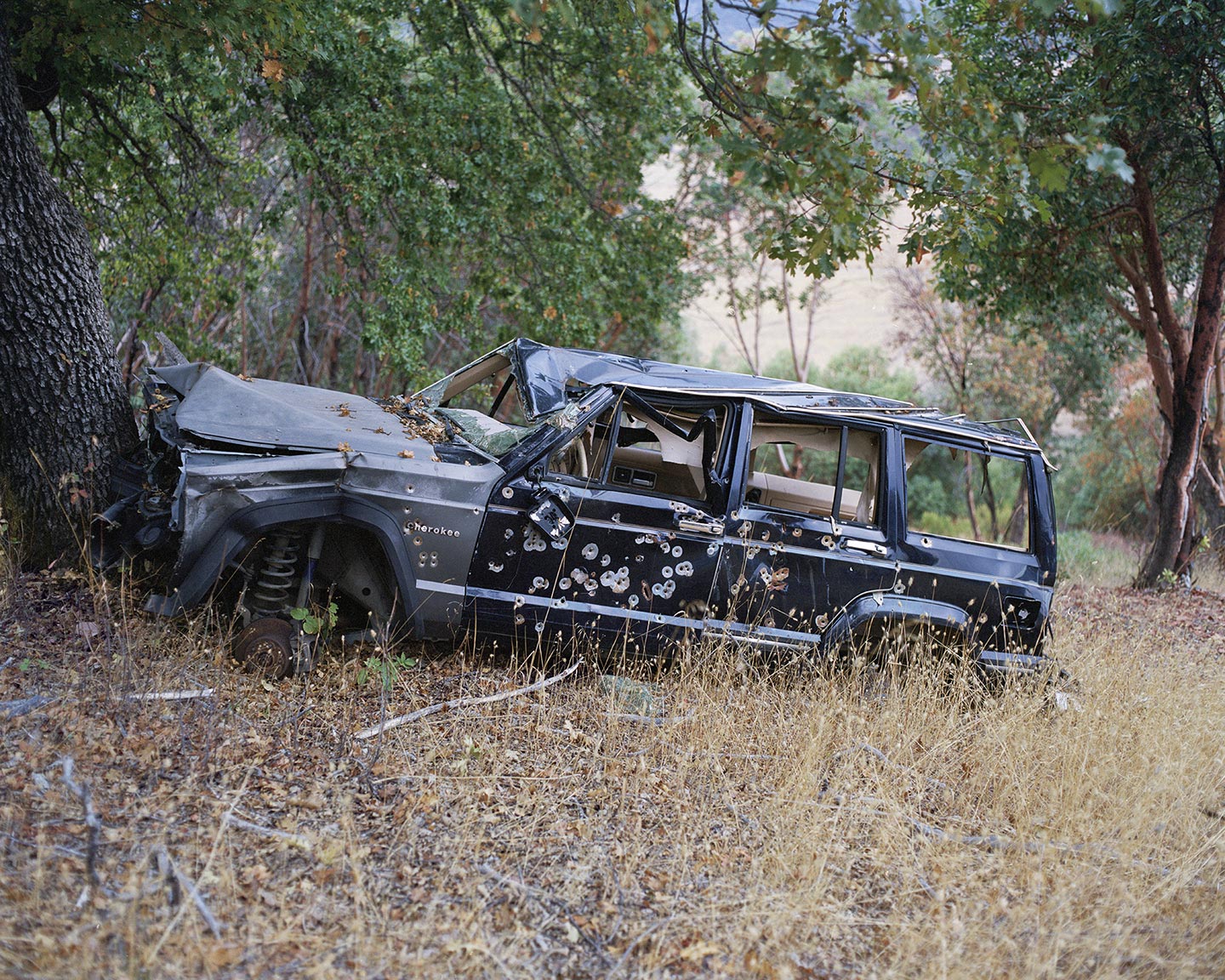
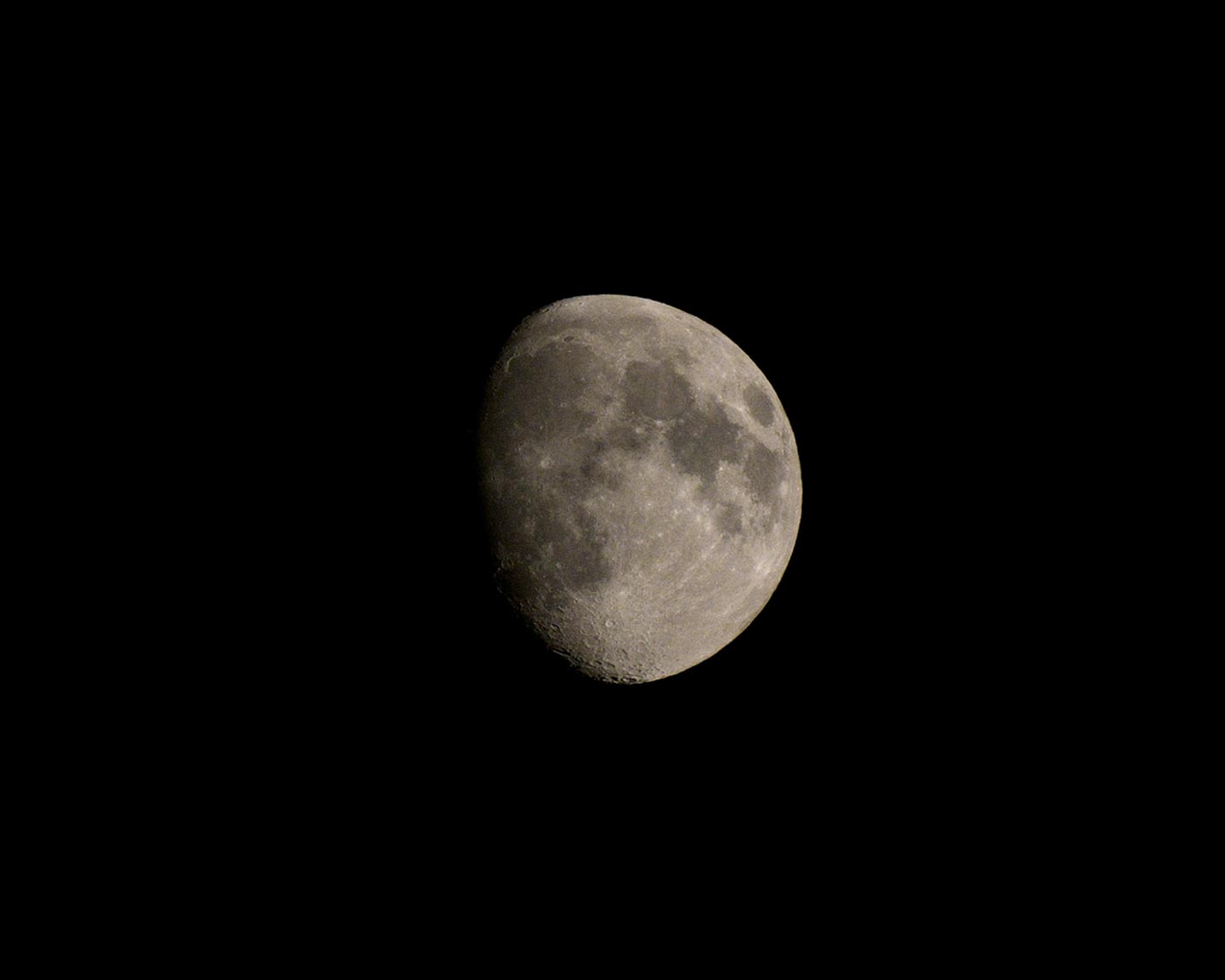
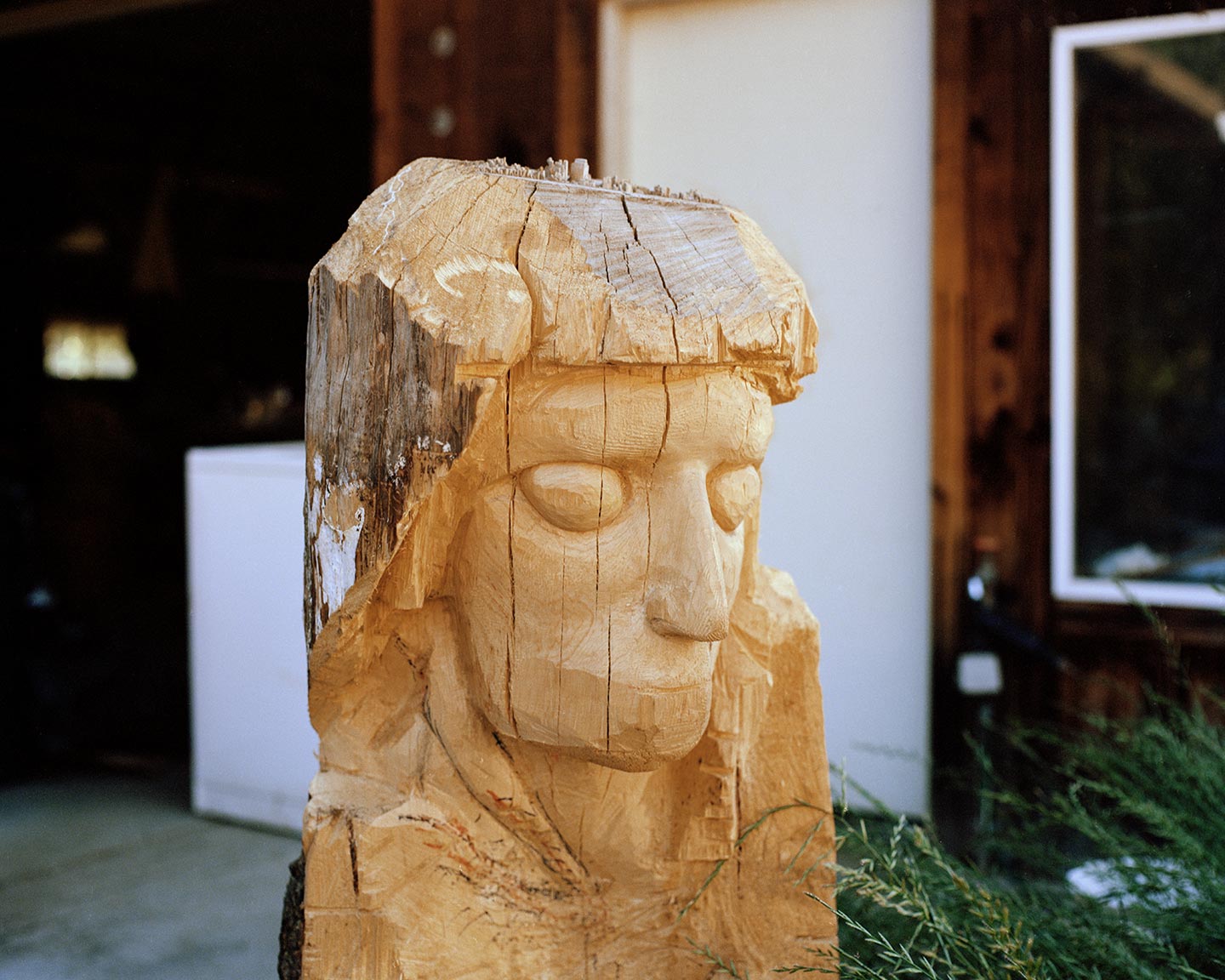


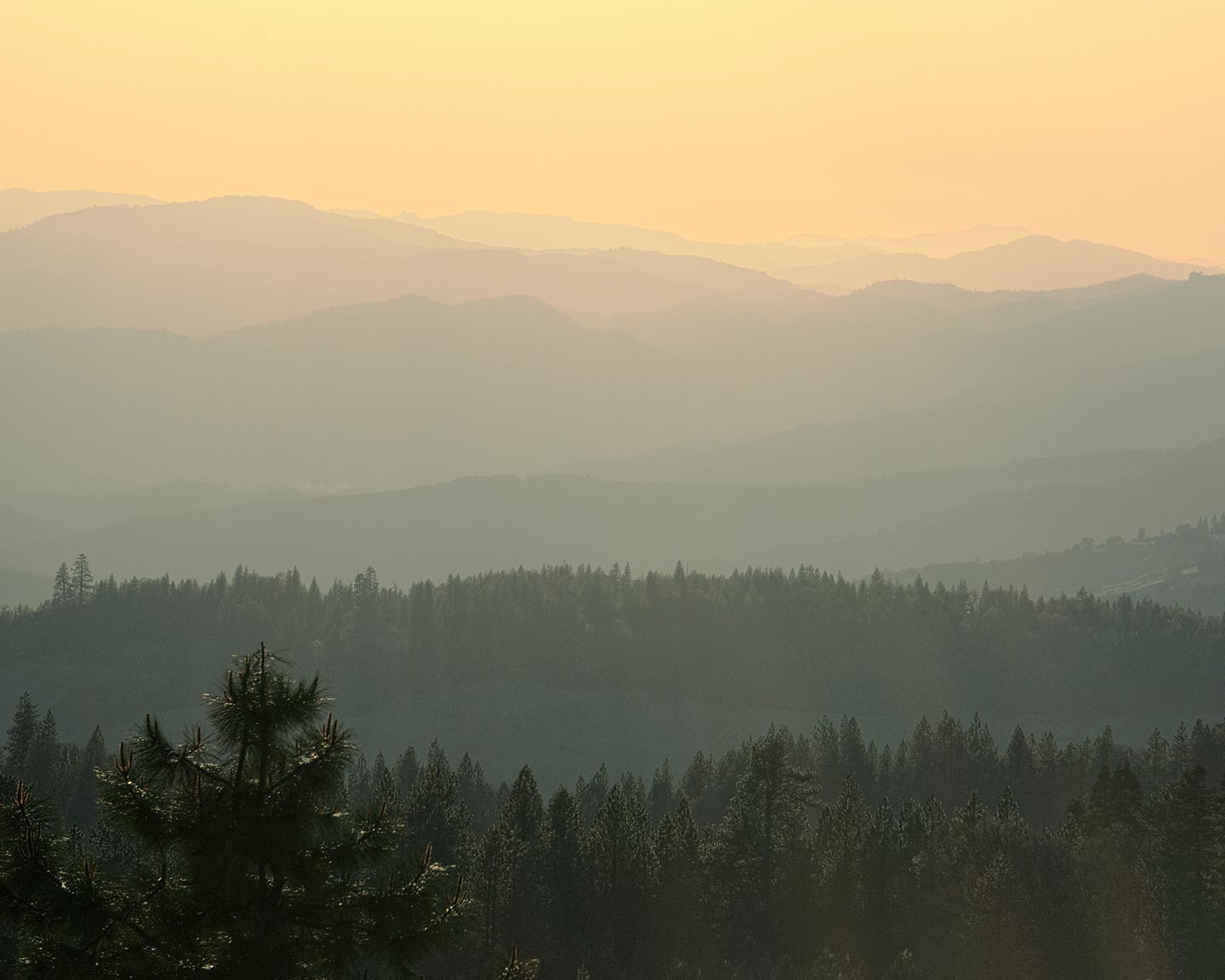
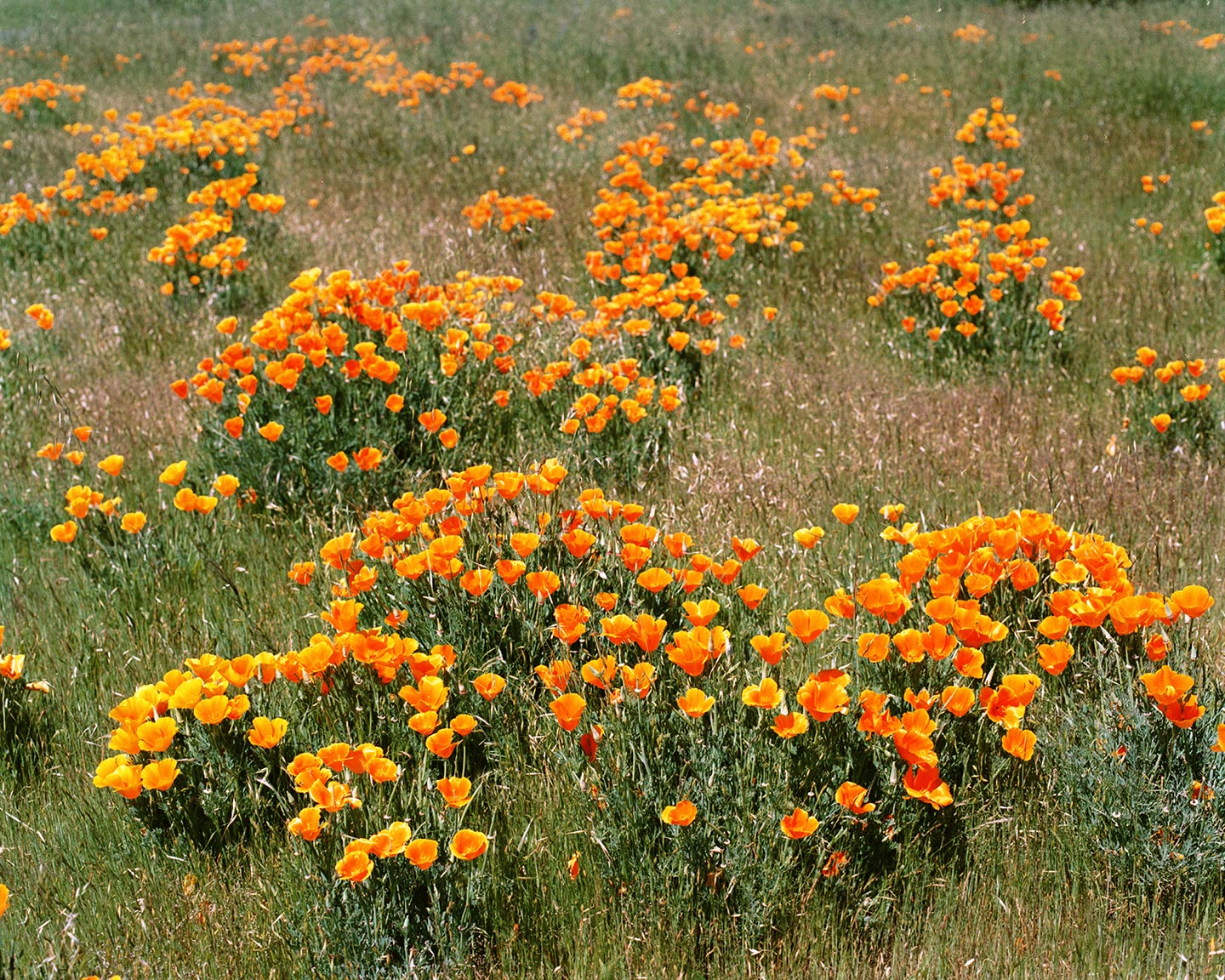

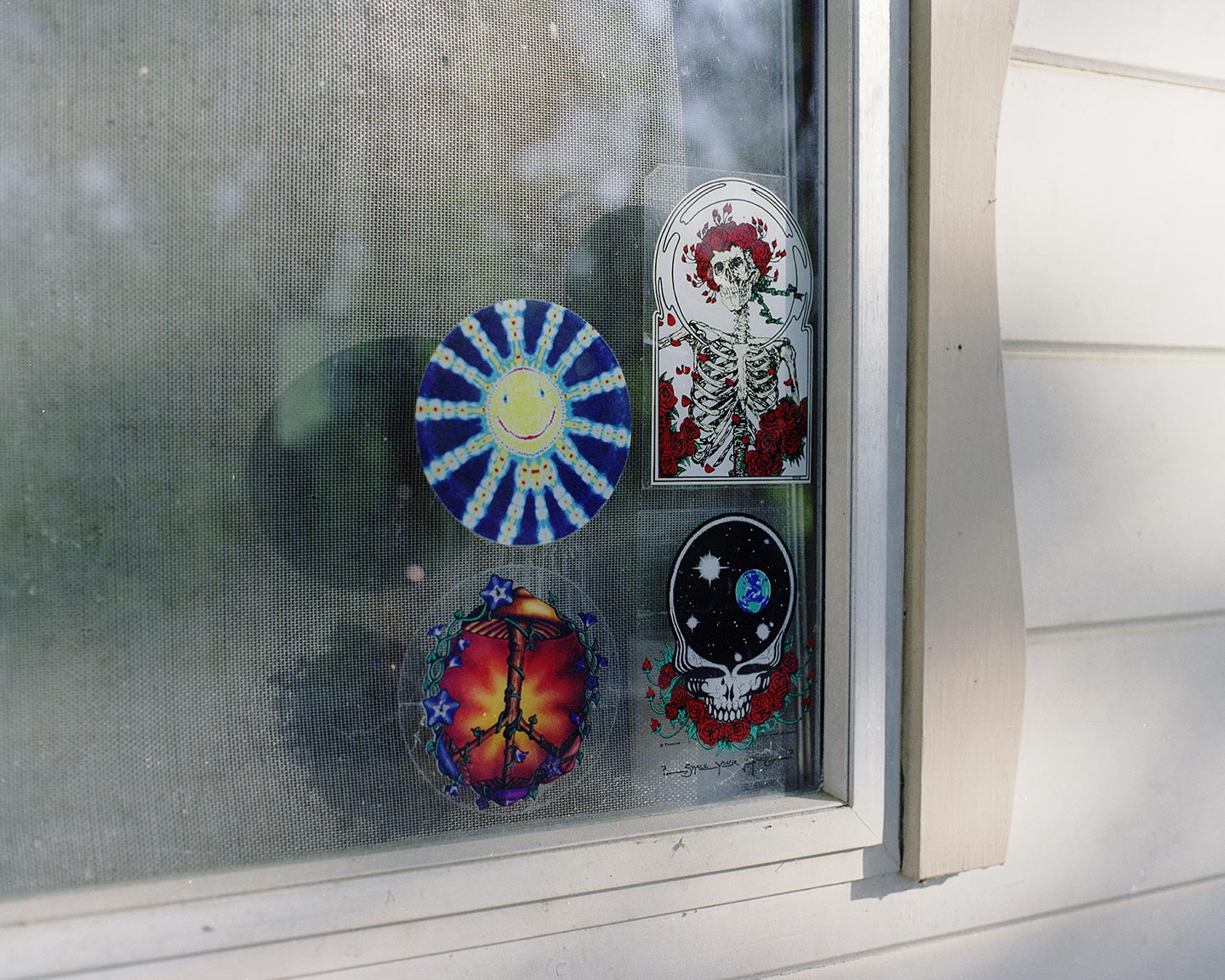
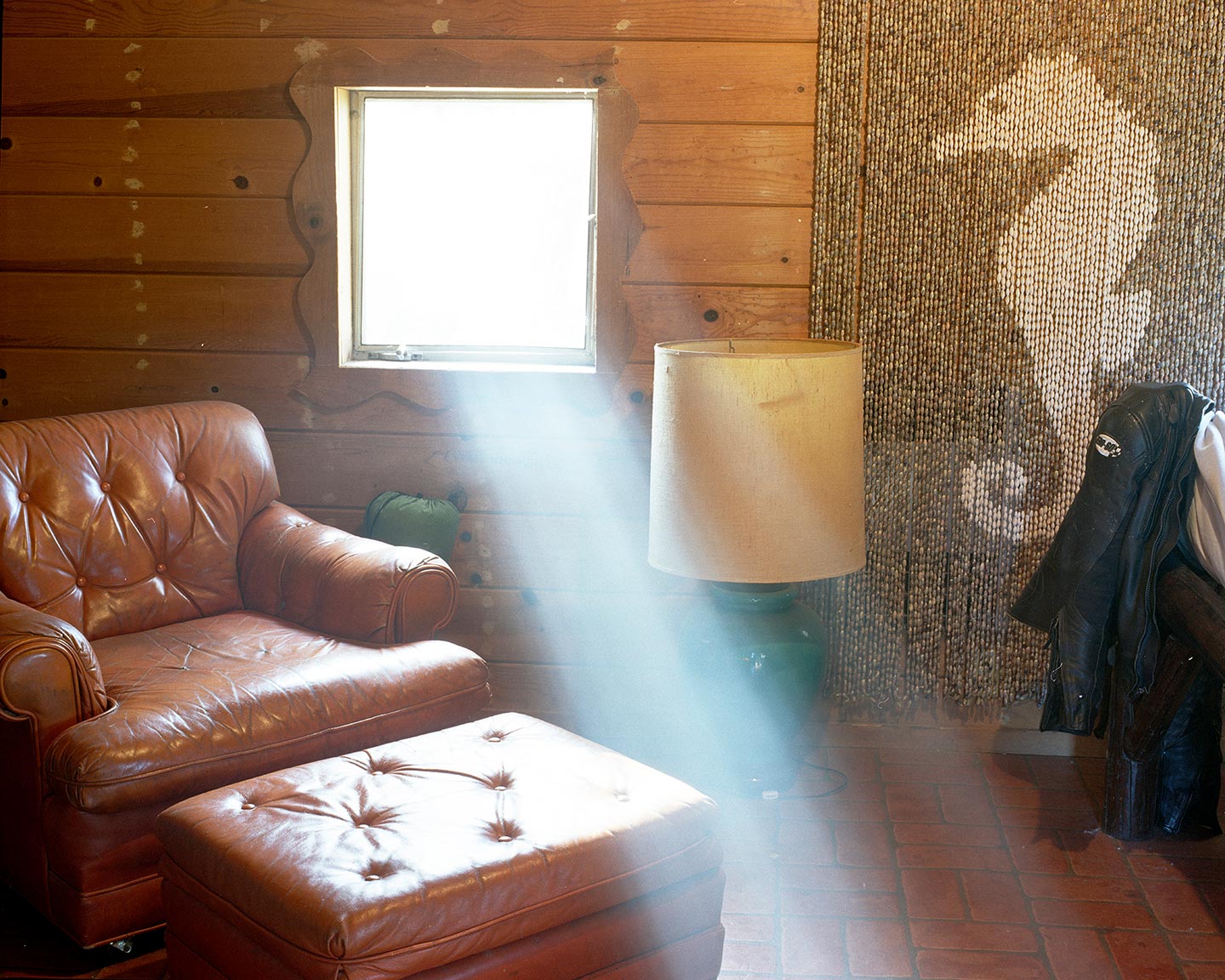

In the Vicinity by 41 year-old American photographer Ed Panar is a series of images (also available as a photobook—buy your copy) shot “in a particular hidden corner of The Emerald Triangle, which is known as the heartland of outdoor cannabis cultivation in Northern California due to its ideal growing conditions and low population density,” Ed explains. “At the end of every dirt road and locked gate you could be sure to find a grow operation. The photographs were made during what now appears to be the waning years of its ‘Wild West’ moment, as growers have transitioned from hidden mountain gardens to more relatively open, regulated and inspected operations. I was struck by the combination of extraordinary scenic beauty of this remote landscape combined with the presence of a certain outlaw mentality that seemed to embody the modern mythology of the self-sufficient individualism of the West. The cannabis plant was not only the main event, but actually appeared to be the driving force behind it all, calling the shots and ultimately directing much of the activity and economy of the region. There was a sense of raw capitalism, as black market forces combined with the gray market of pseudo-legality, which is now entering a new phase as numerous layers of state and county regulations come into effect even as it remains prohibited and illegal by the federal government. It all added up to a rather complex situation hidden under the guise of rugged rural simplicity.”
For most of his previous projects Ed worked in urban settings. “In the Vicinity was an opportunity to spend time exploring how to convey the hidden complexities of a rural locale. Interestingly, there is more overlap than you might expect. Cities are so layered that it’s no surprise that mysteries abound, but the same case could be made for less populated areas as well. The complexity was of a different kind, but not at all less.
I also wanted to try to convey a sense of landing in the middle of this strange world, and what it felt like in this hybrid zone between legality, botany and hidden capitalism, under the backdrop of snow capped mountains, forest fires, foggy winter mornings and endless summer sunshine. In my photography I’m generally interested in how we can look at things in an oblique way and somehow get a sense of something larger. In fact, I believe that this kind of oblique way of looking makes sense with how we actually encounter the world: more things are hidden than not most of the time, and the things that are not readily visible may be having more of an impact than the things that are in plain sight.”
In the Vicinity includes no direct images of cannabis cultivations. “At first, I didn’t take such images because making those kinds of photographs felt taboo. I was often there working during the spring planting and fall harvests, and as much as I wanted to photograph some of those moments, it was more important to me to respect the privacy and secrecy of the specific situations I found myself in. Also, the more I think of it the more it feels obvious that none of the photographs I made would have been possible if there was no cultivation happening, so in a way many of the photographs are of the effects of cultivation in this area. Ultimately the project is about the plant itself, which remains hidden from view because it is calling the shots from behind the curtain as well. Although there are a few photographs from inside the gardens that you will find in the hidden book in the back of the book.”
“Most of my projects involve an accumulation of images over time,” Ed says about his photographic approach. “Projects slowly emerge from a slow accretion of ideas and images and I can’t predict ahead of time what, if anything, will come of it until closer to the end. Individually I’m responding to the moments as they are happening, and while editing and sifting through things new ideas and inspirations often emerge. For this project I was interested in the clandestine nature of this world and tried to make photographs that would convey a sense of something just beyond the frame. Only after photographing in the area for several years did certain themes and motifs emerge that seemed to fit these ideas: fence lines, the edges of private property, fog obscured mornings in the valley and hills, strange arrangements of discarded objects, and the occasional non-human observing from the fringes. All of these things together, somehow, seemed to speak of this hybrid space and experience.”
Ideally, Ed hopes that viewers will experience In the Vicinity as “a pleasurable journey in some way, although it may be an acquired taste. I always strive to make photobooks that allow room for the viewer to roam without much overbearing. I like work that encourages unexpected free association within a specific framework that might change slightly each time you visit. And for those who enjoy this plant, it’s an opportunity to peek behind the curtain and have a close up visit to one of its primary origin points in this part of the world.”
Ed’s main interest as a photographer is “the strange way photography appears to intermingle with what we think of as reality, and all of the questions and paradoxes that can arise from this seemingly obvious relationship that is anything but obvious.” In general Ed is drawn to “photography projects (and books in particular) that can transport us to places without explaining too much, where mystery and uncertainty is a primary feature and the viewer is invited to investigate the scene by themselves.” His early influences include “any genre of obscure ‘underground’ music, John Cage, western interpretations of Zen Buddhism,” while more recently “Speculative Realism and Object-Oriented Ontology (OOO) philosophy have lit my brain on fire with new strategies to navigate and imagine the complicated realm of things of which human-world relations are just one of a seemingly infinite number of relations that the world consists of.” Some of his favorite contemporary photographers are Paul Graham, Susan Lipper, Koji Onaka and Jason Fulford. The last photobooks he bought were Dragonfly by Koji Onaka and Peak Oil by Geert Goiris.
Ed’s #threewordsforphotography are:
Ambient. Non-human. Uncertainty.
Keep looking...

FotoCal — Photography Awards, Grants and Open Calls Closing in November 2024

FotoCal — Photography Awards, Grants and Open Calls Closing in October 2024
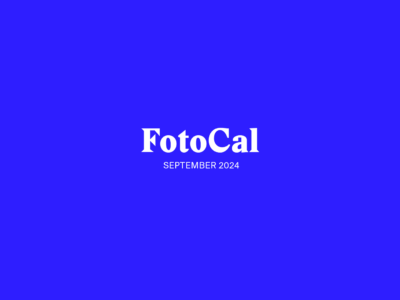
FotoCal — Photography Awards, Grants and Open Calls Closing in September 2024

FotoCal — Photography Awards, Grants and Open Calls Closing in August 2024

FotoCal — Photography Awards, Grants and Open Calls Closing in July 2024

FotoCal — Photography Awards, Grants and Open Calls Closing in June 2024
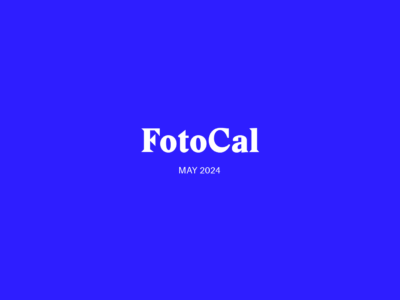
FotoCal — Photography Awards, Grants and Open Calls Closing in May 2024
